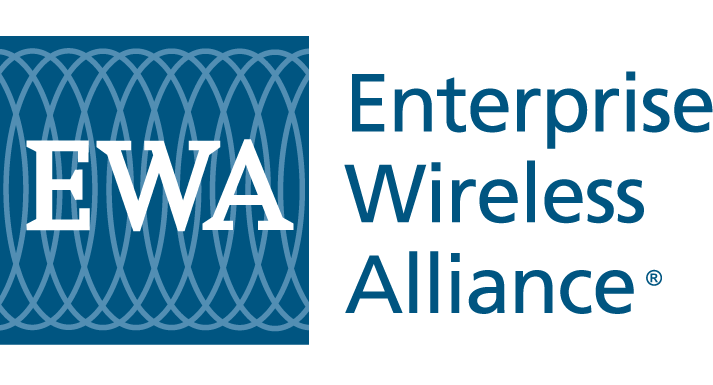TETRA in America
TETRA in America
Apparently, introducing a digital technology that has had the pleasure of operating in spectrum where there are only 25 kHz exclusive channel assignments is viewed as progress by the FCC. Of course, in the 150-512 MHz bands, such exclusive channels are few and far between. In its recently released Notice of Proposed Rule Making (NPRM), the FCC appears to be proceeding on a fast track favorable to European manufacturers who have expressed an interest in selling TETRA systems within the utility market. EWA isn’t sure whether this technology is backward compatible with existing deployed systems, but we suspect that it isn’t. It appears that the prospect for long sales cycles is rather high.
EWA isn’t sure whether this technology is backward compatible with existing deployed systems, but we suspect that it isn’t. It appears that the prospect for long sales cycles is rather high.
The NPRM asks for comment about TETRA technical issues, including whether its use should be subject to the same limitations on “high density cellular system” operation as is applicable to ESMR systems, and if its use should be permitted in the Public Safety pool. In particular, the NPR questions whether permitting public safety use would adversely impact interoperability since the FCC notes that many 800 MHz Public Safety licensees already have adopted or are adopting Phase I P25 technology.
Concurrent with the release of the NPRM, the FCC granted a waiver for early deployments noting that “the slight increase in authorized bandwidth and the de minimis area of non-compliance with the emission masks would not likely cause increased interference to adjacent channels users.” It further noted that TETRA’s four-slot TDMA operation in a 25 kHz bandwidth satisfies the efficiency equivalency standard for the upcoming January 1, 2013, narrowbanding deadline and so provides an alternative approach for certain users. For a limited number of users this would be a more accurate statement.
There are a lot of technical issues associated with these FCC proposals that deserve careful due diligence by the industry and the Commission. The FCC’s pattern of relying exclusively on the good graces of the suppliers (recall the LightSquared decision) may not always prove to be the optimum approach. Expect attention to this matter by EWA and coverage in future issues of our Insider newsletter.
